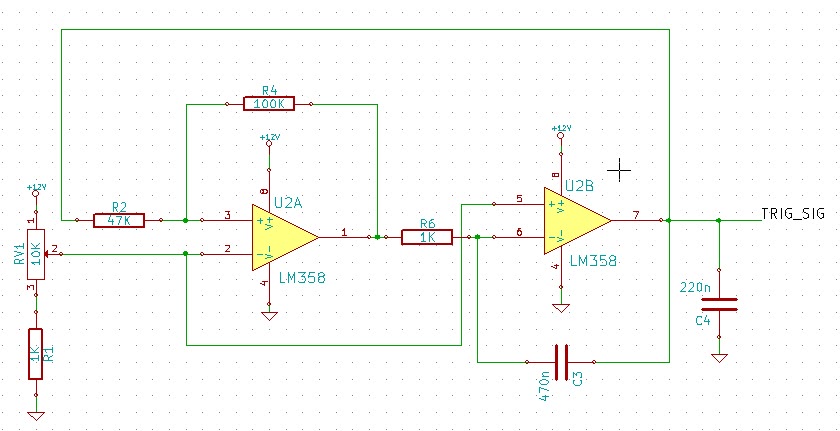
Telephone electronic lock circuit

An electronic lock utilizing a telephone key, which is connected through a resistor plug, is integrated after the oscillator circuit's startup phase. The accuracy of the oscillation frequency determines whether the phone can be used for outgoing calls, while incoming calls remain unaffected. This design ensures that only the individual possessing the lock key can utilize the telephone. The telephone electronic lock circuit primarily consists of a frequency key for unlocking, a signal recognition circuit for the unlocking ring portion, and a self-locking circuit.
The electronic lock circuit employs a telephone key mechanism that operates through a resistor plug. When the key is inserted, it completes a circuit that activates the oscillator, producing a specific frequency. This frequency is crucial for determining the system's response; if the frequency aligns with the predetermined value, the circuit allows for outgoing calls. This feature ensures that unauthorized users cannot make calls, as the system remains inactive without the correct key.
The unlocking mechanism is facilitated by a signal recognition circuit that identifies the specific frequency generated by the inserted key. Once the correct frequency is detected, the circuit activates the self-locking feature, which maintains the lock state until the key is removed. This self-locking capability adds an additional layer of security, ensuring that the phone remains inoperable without the proper key.
Overall, the electronic lock circuit is designed to provide a secure method for controlling telephone access, ensuring that only authorized users can make outgoing calls while allowing incoming calls to function normally. The integration of frequency recognition and self-locking mechanisms creates a robust system that enhances the security of telephone use.Electronic lock using the telephone key (resistor connected plug) is inserted after the oscillator circuit start-up circuit, and the oscillation frequency is accurate or not to decide whether to open the phone for outgoing calls, and answering external calls are not affected, which may ensure that only the person holding the lock key to use the telephone. Telephone electronic lock circuit is shown, it is mainly by the frequency key to unlock circuit, unlocking ring portion of the signal recognition circuit and self-locking circuit.
The electronic lock circuit employs a telephone key mechanism that operates through a resistor plug. When the key is inserted, it completes a circuit that activates the oscillator, producing a specific frequency. This frequency is crucial for determining the system's response; if the frequency aligns with the predetermined value, the circuit allows for outgoing calls. This feature ensures that unauthorized users cannot make calls, as the system remains inactive without the correct key.
The unlocking mechanism is facilitated by a signal recognition circuit that identifies the specific frequency generated by the inserted key. Once the correct frequency is detected, the circuit activates the self-locking feature, which maintains the lock state until the key is removed. This self-locking capability adds an additional layer of security, ensuring that the phone remains inoperable without the proper key.
Overall, the electronic lock circuit is designed to provide a secure method for controlling telephone access, ensuring that only authorized users can make outgoing calls while allowing incoming calls to function normally. The integration of frequency recognition and self-locking mechanisms creates a robust system that enhances the security of telephone use.Electronic lock using the telephone key (resistor connected plug) is inserted after the oscillator circuit start-up circuit, and the oscillation frequency is accurate or not to decide whether to open the phone for outgoing calls, and answering external calls are not affected, which may ensure that only the person holding the lock key to use the telephone. Telephone electronic lock circuit is shown, it is mainly by the frequency key to unlock circuit, unlocking ring portion of the signal recognition circuit and self-locking circuit.





